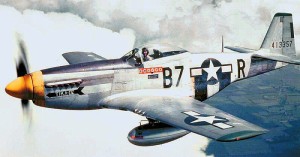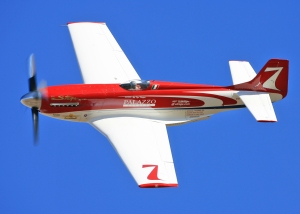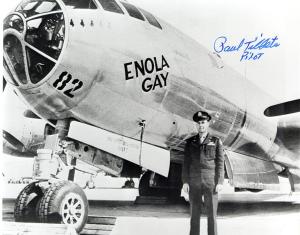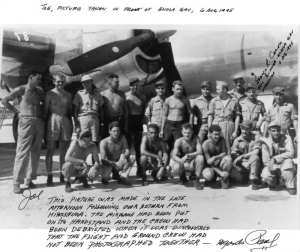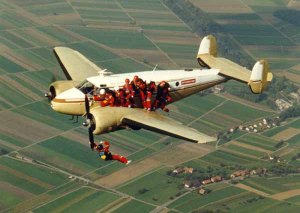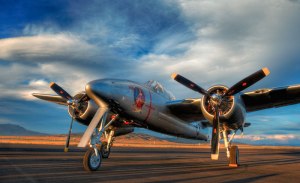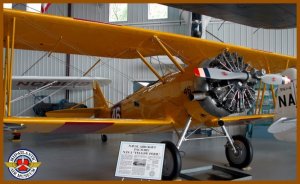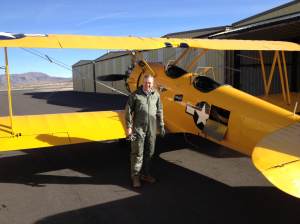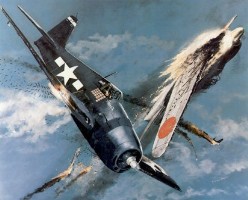The Bearcat is my favorite of all the cats. Grumman has a great number of cats but out of all of them, this one takes the cake. As you well know by now, my background in war birds mainly steams from the Reno Air Races, and if you know anything about the Air Races, you know that the Rare Bear is the home town champion. As the hometown champion, of course it is my favorite, but it runs deeper than that! Before we really get into all of that, lets learn a little bit about this beast.
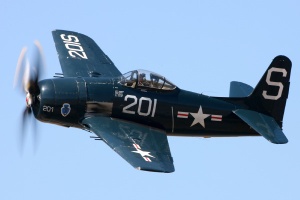 The F8F Bearcat was the last propeller driven aircraft built by Grumman. Over 1,200 of them were produced. Grumman improved upon their earlier models to create this cat. It had a bubble canopy, better maneuverability, a lightweight design, and a great ability to climb. The Bearcat was not able to fight during World War II but proved very useful in fighter later on because it handled so well. The US Navy and the Marines used the aircraft, as well as Vietnam, France, and Thailand. Photo Credit
The F8F Bearcat was the last propeller driven aircraft built by Grumman. Over 1,200 of them were produced. Grumman improved upon their earlier models to create this cat. It had a bubble canopy, better maneuverability, a lightweight design, and a great ability to climb. The Bearcat was not able to fight during World War II but proved very useful in fighter later on because it handled so well. The US Navy and the Marines used the aircraft, as well as Vietnam, France, and Thailand. Photo Credit
Now back to the Rare Bear! Here is a great video of the Rare Bear flying during the 2013 Gold Race at Reno. This plane has been a staple at Reno. The talk is always “Who will win gold this year? Do you think the Bear or…?” In fact every year my Uncle’s and I always take a bet on who will win, and I always bet on the Bear.
 It’s sound is truly unique. All of the planes scream around the track, but the Bear, well the it roars around the track. I have been fortunate enough to spend a lot of time with the crew and owners of this plane. I have watched it go through so many face lifts that I can’t even recall them. I can’t wait to see what she will do this year! Photo Credit
It’s sound is truly unique. All of the planes scream around the track, but the Bear, well the it roars around the track. I have been fortunate enough to spend a lot of time with the crew and owners of this plane. I have watched it go through so many face lifts that I can’t even recall them. I can’t wait to see what she will do this year! Photo Credit
Who do you think will win at Reno this year? Leave a comment below!

